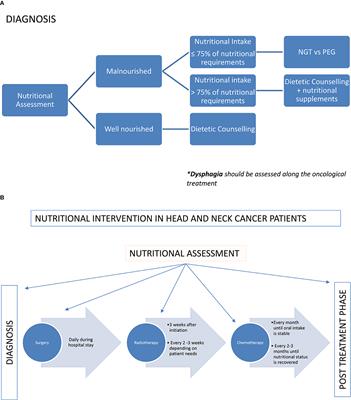EDITORIAL
Published on 19 Feb 2021
Editorial: Quality Assessment Across Disciplines in Head and Neck Cancer Treatment
doi 10.3389/fonc.2021.636622
- 1,001 views
42k
Total downloads
227k
Total views and downloads
EDITORIAL
Published on 19 Feb 2021
REVIEW
Published on 14 Aug 2020

REVIEW
Published on 06 May 2020

REVIEW
Published on 24 Mar 2020

REVIEW
Published on 20 Mar 2020

REVIEW
Published on 12 Mar 2020

PERSPECTIVE
Published on 12 Feb 2020
ORIGINAL RESEARCH
Published on 09 Oct 2019

REVIEW
Published on 18 Sep 2019

REVIEW
Published on 29 Aug 2019

ORIGINAL RESEARCH
Published on 28 Aug 2019

REVIEW
Published on 27 Aug 2019
